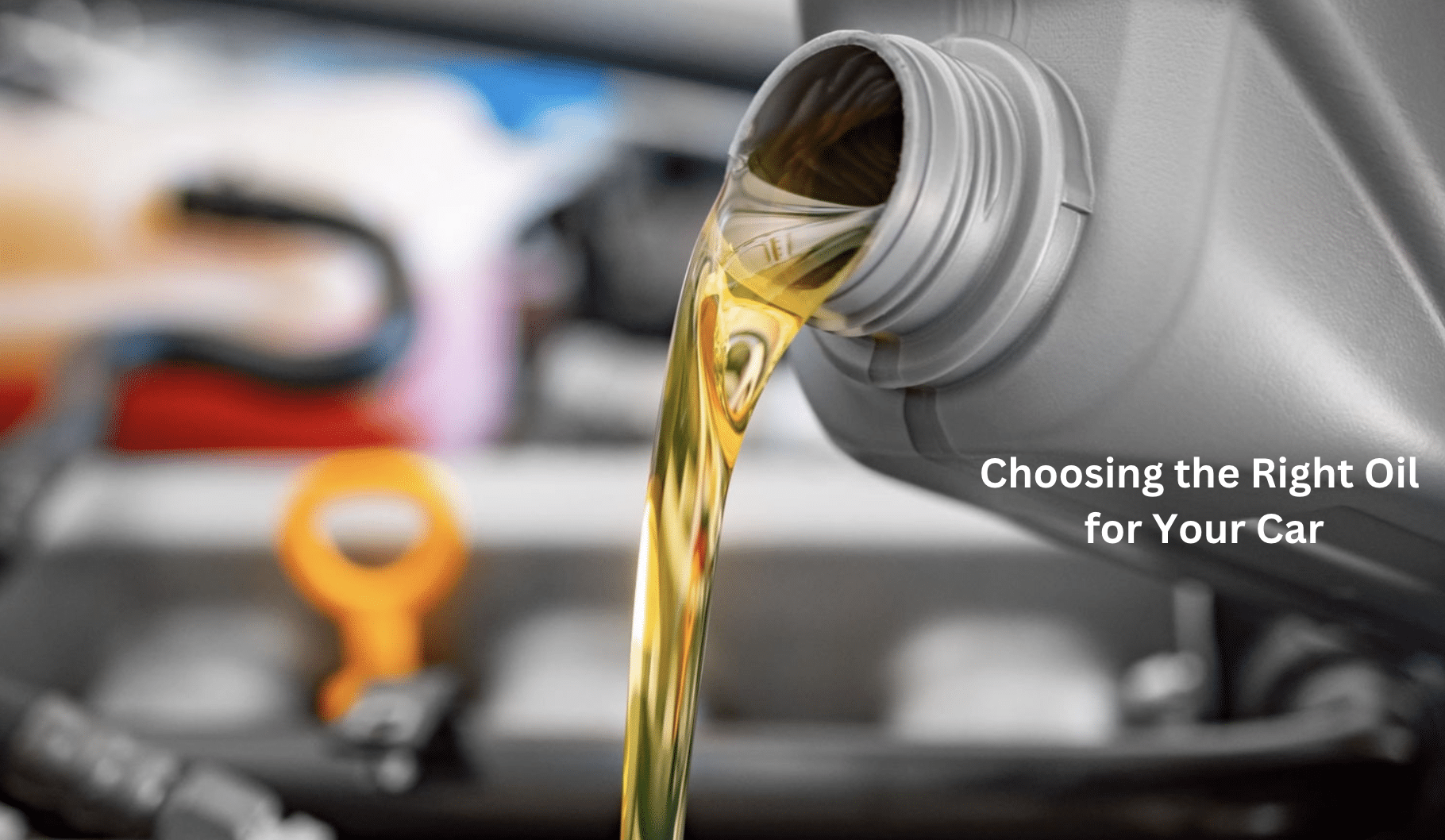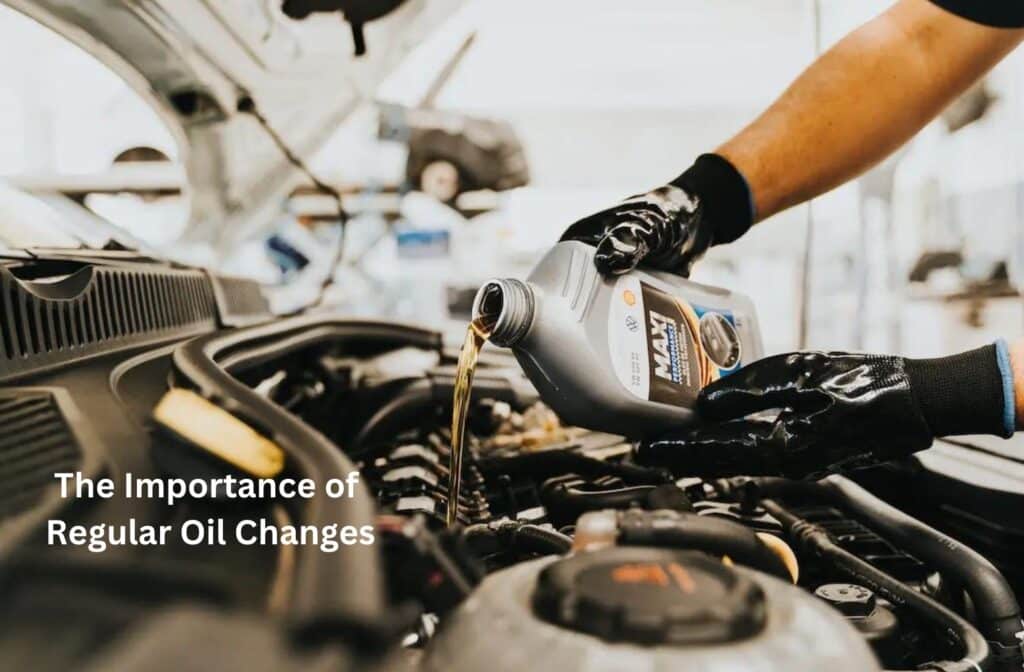Regular oil changes are a crucial aspect of vehicle maintenance that should not be overlooked.
The oil in your engine serves multiple purposes, including lubrication, cooling, and cleaning of internal components.
Over time, the oil breaks down and becomes contaminated with dirt, debris, and metal particles, reducing its effectiveness and potentially causing damage to your engine.
Changing your oil at the appropriate intervals is essential to ensure your vehicle runs smoothly and efficiently.
However, with conflicting information from various sources, it can be challenging to determine when to do so.
This article concerns what you should rely on to determine when to change your oil.
It also provides detailed guidelines for maintaining your engine and ensuring optimal performance and longevity.
By following these recommendations, you can maintain the health of your vehicle and avoid costly repairs down the line.
Understanding Oil Change Fundamentals
There are different factors to note to clear all the fundamentals associated with oil changes.
In the section below, we have highlighted all the aspects you should note.
1. Follow Manufacturer Recommendations
- Check your owner’s manual for oil change intervals
- Following these guidelines ensures optimal engine performance and warranty coverage
- Ignoring recommendations can lead to engine damage and expensive repairs
2. Choose the Right Oil Viscosity
- Oil viscosity is its thickness and ability to flow at different temperatures
- Use the correct viscosity for proper engine lubrication
- Viscosity is represented by numbers like 5W-30
- Consult your owner’s manual for the recommended viscosity
3. Select the Appropriate Oil Type
3A. Conventional Oil
- Most commonly used, derived from crude oil
- Suitable for regular driving conditions
- Change every 3,000 to 5,000 miles
3B. Synthetic Oil
- Artificially created for superior performance
- Ideal for high-performance engines and demanding conditions
- Change every 7,500 to 10,000 miles or longer
3C. Synthetic Blend Oil
- A mix of conventional and synthetic oil
- Balances performance and cost
- Suitable for moderate driving conditions
- Change intervals similar to conventional oil
Following manufacturer recommendations, selecting the right oil viscosity, and choosing the appropriate oil type will ensure your engine receives optimal lubrication and protection.
Regular oil changes based on these fundamentals will extend your engine’s life and maintain its performance.
Identifying the Need for an Oil Change

Recognizing when your vehicle requires an oil change is crucial for maintaining its performance and longevity.
Several key indicators can help you determine when it’s time to lubricate your engine, ensuring that it remains well-lubricated and protected from potential damage.
1. Appearance of Dark Oil
One of the most apparent signs that your car needs an oil change is the appearance of dark or dirty oil.
Fresh oil typically has a light amber color, while old, contaminated oil appears much darker and thicker.
To check the condition of your oil, use the dipstick to examine its color and consistency. If the oil looks dark and gritty, it’s likely time for a change.
2. Unusual Sounds
Strange noises coming from your engine can also indicate that an oil change is necessary.
Unusual sounds such as knocking, ticking, or increased engine noise may suggest insufficient lubrication due to old or degraded oil.
If you notice any of these sounds, it’s essential to have your oil checked and changed if needed to prevent further engine wear.
3. Poor Vehicle Performance
A decrease in vehicle performance is another warning sign that your car may require an oil change.
If your engine feels sluggish or you experience reduced fuel efficiency, it could be due to poor lubrication caused by old, dirty oil.
Fresh oil can help restore your vehicle’s performance and improve fuel economy.
4. Foul Smell of Burning Oil
The smell of burning oil is also a cause for concern. If you detect a burning odor inside the cabin, it might indicate that your engine oil is old, dirty, or leaking.
In this case, having your vehicle inspected and the oil changed as soon as possible is crucial to avoid potential engine damage.
In addition to these physical signs, modern vehicles often have maintenance reminder systems or onboard computers that help determine when an oil change is needed.
These sophisticated systems track engine conditions and driving habits, providing personalized oil change recommendations based on your vehicle’s usage.
By utilizing this feature and following the manufacturer’s guidelines, you can ensure that your oil is changed at the optimal time for your driving conditions.
To make the most of your vehicle’s maintenance reminder system, consult your owner’s manual to understand how it functions and how to interpret its signals.
However, it’s important to note that these systems should not replace regular manual checks of your oil level and quality.
By combining the insights your vehicle’s maintenance reminder system provides with routine visual inspections, you can stay proactive in maintaining your engine’s health and performance.
Benefits of Regular Oil Changes
1. Improved Engine Performance
Regular oil changes are crucial in improving your vehicle’s engine performance.
Clean and fresh oil acts as a lubricant for the engine’s moving parts, reducing friction and wear.
This lubrication allows the engine to run more smoothly and efficiently, resulting in notable improvements in acceleration, idling, and overall performance.
When you consistently change your oil at the recommended intervals, you ensure your engine always operates at its best, providing you with a superior driving experience.
2. Extended Engine Longevity
Investing in regular oil changes is one of the most effective ways to extend the longevity of your engine.
Over time, oil accumulates various contaminants and sludge that can harm your engine’s health.
These harmful substances can clog oil passages and prevent proper lubrication, leading to premature wear and tear on vital engine components.
By changing your oil regularly, you help remove these contaminants and sludge, keeping your engine clean and well-maintained.
This, in turn, reduces the risk of damage caused by contamination and ensures that your engine is adequately lubricated at all times.
By providing your engine with clean oil, you are proactively extending its lifespan and saving yourself from costly repairs and breakdowns.
3. Enhanced Gas Mileage
Regular oil changes not only improve engine performance but also contribute to enhanced gas mileage.
When your engine is running on old, dirty oil, it has to work harder to overcome the increased friction and resistance caused by the contaminants present in the oil.
This extra strain on the engine leads to decreased fuel efficiency, which in turn causes you to spend more money at the gas pump.
By keeping your oil clean and fresh through regular changes, you allow your engine to operate more efficiently, maximizing the potential of every gallon of fuel.
With clean oil, your engine can run smoothly and require less effort to power your vehicle, resulting in improved gas mileage and cost savings over time.
4. Comprehensive Vehicle Inspection
One of the lesser-known benefits of regular oil changes is the comprehensive vehicle inspection that often accompanies the service.
During an oil change, trained technicians not only replace the oil and oil filter but also take the time to inspect other critical components of your vehicle.
For example, if necessary, the air filter is checked and replaced to ensure optimal airflow and engine performance.
The lights, belts, and tires are also thoroughly examined for any signs of wear and tear.
This inspection process allows for the early detection and prevention of potential issues, helping you avoid more serious and expensive problems.
You can maintain your vehicle’s overall health and reliability by identifying and addressing these concerns during an oil change.
5. Ensuring Vehicle Reliability
Regular oil changes and fluid checks may seem simple and mundane, but their impact on your vehicle’s longevity and performance cannot be overstated.
These routine maintenance procedures are essential for ensuring the reliability of your vehicle.
By changing your oil on schedule and checking your fluids regularly, you are investing in the long-term health of your vehicle.
This proactive approach to maintenance helps prevent unexpected breakdowns and costly repairs, keeping your vehicle running smoothly and efficiently for years to come.
When you prioritize regular oil changes and fluid checks, you demonstrate a commitment to responsible vehicle ownership and ensure your car remains a dependable companion on the road.
Choosing the Right Oil for Your Car

Selecting the appropriate type and viscosity of oil for your vehicle is crucial to ensure optimal engine performance and protection.
There are three main types of engine oil: synthetic, conventional, and synthetic blend, each with its own unique properties and benefits.
Synthetic oil is chemically engineered to provide enhanced performance and better resistance to extreme temperatures.
It offers improved protection against engine wear and tends to last longer than conventional oil.
However, it is typically more expensive. Conventional oil, on the other hand, is derived from crude oil and is more affordable. It is suitable for most vehicles but may require more frequent oil changes compared to synthetic oil.
Synthetic blend oil is a combination of synthetic and conventional oils, offering a balance between performance and cost.
It provides some of the benefits of synthetic oil, such as improved protection and resistance to extreme temperatures, while being more affordable than full synthetic oil.
In addition to choosing the right type of oil, it is essential to select the correct oil viscosity for your vehicle.
Viscosity refers to the oil’s resistance to flow at different temperatures and is denoted by a numerical value followed by the letter “W” (e.g., 5W-30). The first number indicates the oil’s viscosity at low temperatures, while the second number represents viscosity at operating temperatures.
Consult your vehicle’s owner’s manual or seek professional advice to determine the recommended oil viscosity for your specific make and model.
Using the correct viscosity ensures that the oil flows properly and provides adequate lubrication to the engine components, especially during cold starts and in extreme weather conditions.
When deciding between synthetic, conventional, or synthetic blend oil, consider factors such as your driving habits, climate, and the age of your vehicle.
It is also important to note that switching between different types of oil should be done carefully, as frequent changes can potentially cause damage to your engine.
By selecting the appropriate type and viscosity of oil for your vehicle, you can ensure that your engine receives the optimal lubrication and protection it needs to perform at its best and last longer.
Conclusion
Regular oil changes are essential for maintaining your vehicle’s engine health, performance, and longevity.
By understanding the importance of selecting the right oil type and viscosity, recognizing the signs that your car needs an oil change, and adhering to a consistent maintenance schedule, you can enjoy benefits such as extended engine life, improved fuel efficiency, enhanced performance, and the prevention of costly repairs.
Whether you choose to perform oil changes yourself or seek professional assistance, making this maintenance task a priority is crucial for the well-being of your vehicle.
Take action today by consulting your owner’s manual, assessing your driving habits, and establishing a regular oil change routine.
Don’t wait until it’s too late – check your oil level and schedule your next oil change if needed.
Your engine will thank you for your proactive approach to maintenance.

